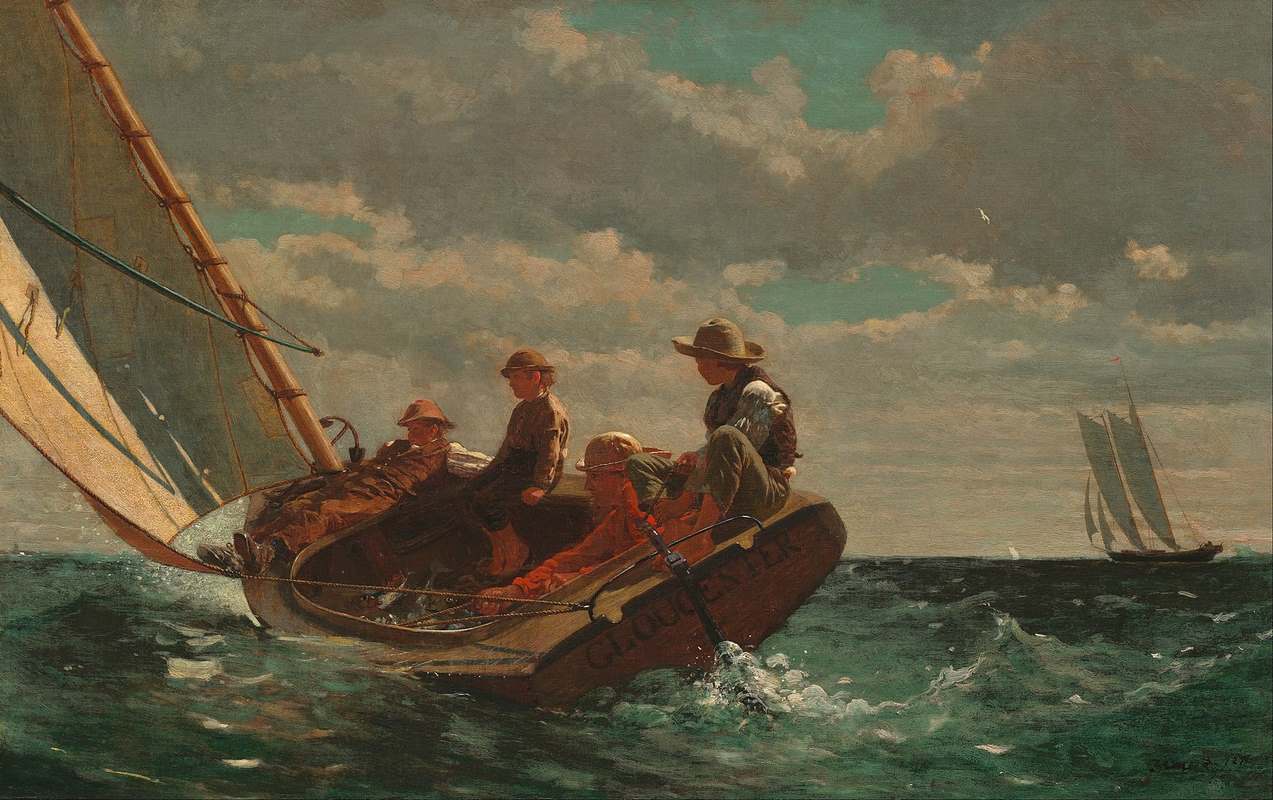188 years ago today, one of the foremost painters of 19th-century America, Winslow Homer, was born. Born in Boston to a father always seeking to pull off a get-rich-quick scheme, Homer was molded by his mother; a talented watercolor painter who taught him the basics. His most prolific period was when he moved to Maine and began to paint the robustness of fishing and seagoing cultures there, producing iconic imagery of 19th-century America such as The Gulf Stream, The Fog Warning, and Breezing Up (A Fair Wind). READ about the man’s life and see some of his paintings… (1836)
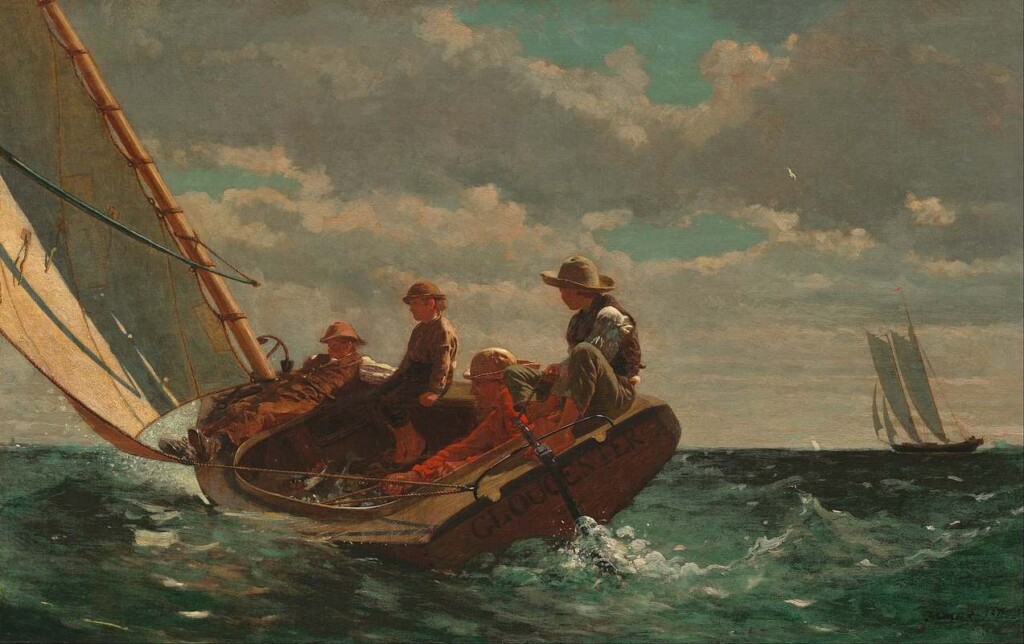
Near the beginning of his painting career, the 27-year-old Homer demonstrated a maturity of feeling, depth of perception, and mastery of technique which was immediately recognized. His realism was objective, true to nature, and emotionally controlled.
One critic wrote, “Winslow Homer is one of those few young artists who make a decided impression of their power with their very first contributions to the Academy … He at this moment wields a better pencil, models better, colors better, than many whom, were it not improper, we could mention as regular contributors to the Academy.”
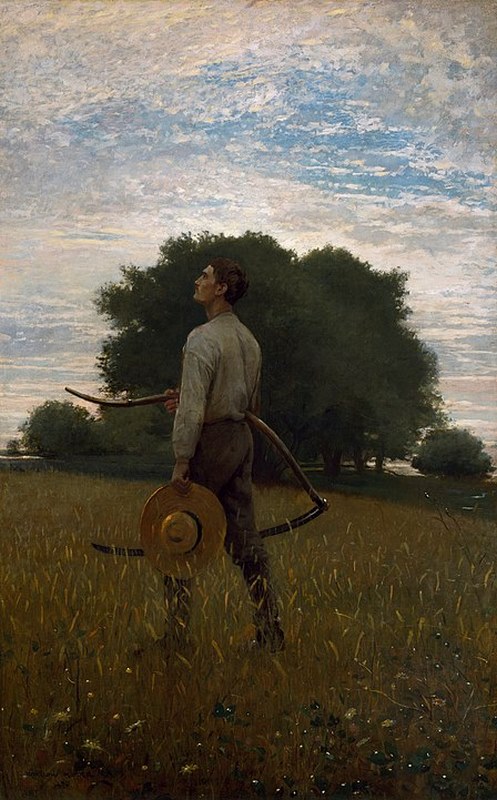
In 1883, Homer moved to Prouts Neck, Maine, and lived at his family’s estate in the remodeled carriage house seventy-five feet from the ocean. At fifty years of age, Homer had become a “Yankee Robinson Crusoe, cloistered on his art island” and “a hermit with a brush”. These paintings established Homer, as the New York Evening Post wrote, “in a place by himself as the most original and one of the strongest of American painters.”
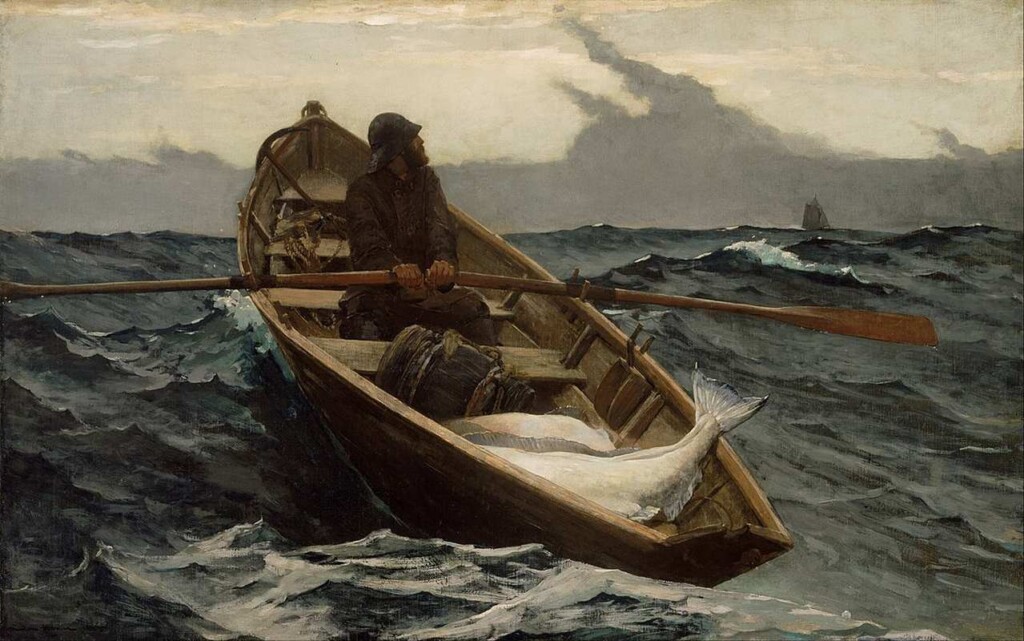
MORE Good News on this Date:
- The first floats were paraded in Mardi Gras, in New Orleans where, today, dozens of ‘krewe’ members (people that work all year to plan the balls and parades) ride elaborate modern floats, tossing strands of beads to cheering crowds (1868)
- Led Zeppelin released their sixth album Physical Graffiti, a double album that featured songs leftover from their previous LPs Led Zeppelin III, IV, and Houses Of The Holy (1975)
- The United States Olympic Hockey team completed their Miracle on Ice by defeating Finland 4-2 to win the gold medal (1980)
- Congress released a report condemning the internment of Japanese-Americans during World War II as ”grave injustice” (1983)
- Thailand began its annual National Artist Day to celebrate and award benefits to honored artists on the birthday of Buddha Loetla Nabhala, King Rama II (1767-1824), a poet and artist whose reign is known as the most peaceful time in Thailand’s history and the Golden Age of Rattanokosin Literature (1985)
56 years ago today, British astronomers discovered a radio signal in their new telescope outside Cambridge that turned out to be the first pulsar. These highly-magnetized neutron stars spin at incredible speeds, and are one of the most interesting phenomena in space. Antony Hewish and Martin Ryle along with Jocelyn Bell Burnell, Hewish’s research student, made the discovery on Hewish’s practical and theoretical advances in the observation and exploitation of the scintillations of astronomical radio sources. Hewish and Ryle won the Nobel Prize jointly in Physics for their discovery.
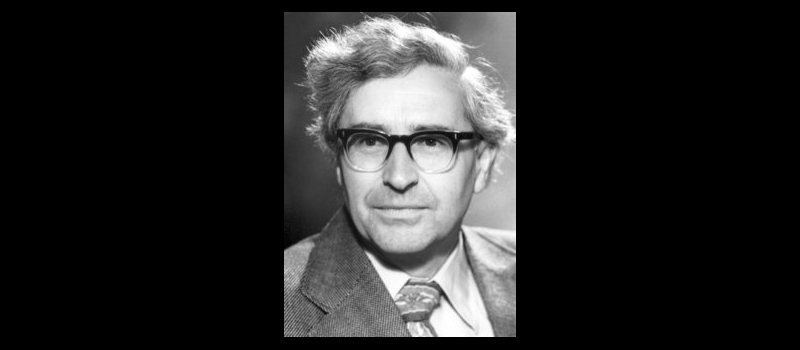
Years before, Hewish had proposed the construction of a large phased array radio telescope, which took the form of the Mullard Radio Astronomy Observatory. It was completed in 1967 per Hewish’s specifications. Jocelyn Bell helped to build the array and was assigned to analyze its output, and she soon discovered a radio source that was ultimately recognized as the first pulsar.
Initially dismissed as radio interference by Hewish, the fact that the signals always appeared at the same declination and right ascension soon ruled out a terrestrial source. Three months later, Bell and Hewish using a fast strip chart recorder resolved the signals as a series of pulses, evenly spaced every 1.337 seconds. No astronomical object of this nature had ever been observed before. Just before Christmas, Bell discovered a second pulsar, quashing speculation that these might be signals beamed at Earth from extraterrestrial intelligence.
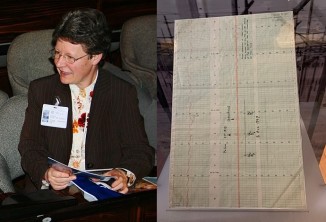
Considerable controversy is associated with the fact that Hewish was awarded the Nobel prize in 1974 while Bell, who made the initial discovery while she was his Ph.D. student, was not. Bell claims no bitterness upon this point, and supported the decision of the Nobel prize committee by saying “it would demean Nobel Prizes if they were awarded to research students, except in very exceptional cases, and I do not believe this is one of them.” (1968)
203 years ago today, toward the end of the Mexican War of Independence from Spain, the Plan of Iguala (or Act of Independence of North America) was drawn up. The Plan stated that Mexico was to become a constitutional monarchy, her official religion would be Roman Catholicism, and all people would enjoy equal political and social rights, regardless of their origin.

Penned in the city of Iguala in Guerrero, Agustín de Iturbide (who would become Emperor of Mexico) and Vicente Guerrero (the revolutionary rebel leader and later President of Mexico) unified to become the Army of the Three Guarantees with the goal of defending these 3 ideals. Exactly six months later, they achieved victory and Iturbide and the Spanish viceroy signed a treaty that ratified the Plan and confirmed Mexico’s independence.
The “Three Guarantees”, which the Plan is sometimes known as, established full equality for all social and ethnic groups in the new country—and the tricolor flag of the Army of Three Guarantees is a symbolic representation of the triad of “Religion, Independence and Unity”. (1821)
202 years ago today, the first ever Swaminarayan Sampradaya temple was built in the state of Gujarat, India. The founder of that Hindu sect, Swaminarayan commissioned it to be built with intricate carvings in pure Burma-teak wood and constructed with sculptural art depicting deities’ episodes, auspicious symbols, and religious icons representing axiomatic religion and Indian culture. As well as a beautiful building and national center of humanitarian aid, it remains a symbol of good relations with the then-British Empire.
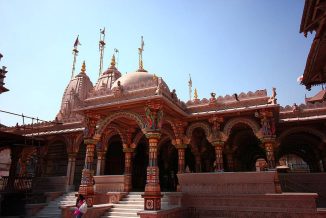
A British officer stationed in the city of Ahmedabad, Gujarat, named Dunlop was so impressed with the activities of Swaminarayan and his followers, that on behalf of the government, he gave 5,000 acres of land in the Kalupur area of Ahmedabad to build this temple. When the temple was completed, Dunlop was so impressed by the temple that he commanded a 101 gun salute to the temple.
Later when the British government wanted to build a railway station in Kalupur, the temple returned part of the land, where Kalupur Railway Station stands today. The government compensated the temple by granting it 1,000 acres of land in the Narayannagar village. That train station helps bring the 1 million people that visit the temple on the day following Diwali, every year.
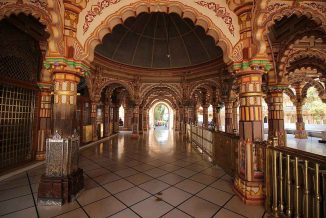
Swaminarayan Sampradaya is renowned for its humanitarian relief efforts, and the temple, as well as being full of fairy-tale opulence celebrated in bright colors on every individual square inch of wood, comes equipped with a fully air-conditioned medical clinic and guest house to help those in need. (1822)
18 years ago today, the European Space Agency agreed to provide over one hundred million euros to launch Cryosat-2, a satellite that has, since its launch in 2010, measured and monitored the health of land and sea ice worldwide. (2006)
104 years ago today, American Nancy Astor became the first woman to speak in the House of Commons of the United Kingdom following her election as a Member of Parliament three months earlier at age 41.
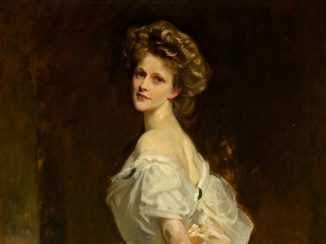
Viscountess Astor was notable for bravely moving to England at age 26 after divorcing an abusive alcoholic. She married an Englishman who was born in the U.S., Waldorf Astor, who eventually entered the House of Lords. The witty woman then entered politics herself, winning his former seat in Plymouth.
Gaining attention as someone who did not follow the rules, she served in Parliament as a member of the Conservative Party for 25 years. While the couple enjoyed a lavish lifestyle, she used her wealth to support the expansion of nursery schools for children’s education. In government she fought to raise the legal age for drinking in public from 14 to 18 and worked to recruit women into the civil service, police force, education, and House of Lords. (1920)
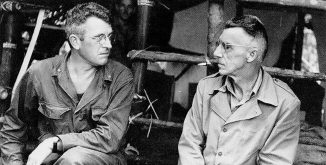
And 80 years ago today, Merrill’s Marauders began their 1,000-mile journey through Japanese-occupied Burma during World War II. A total of 2,750 Marauders (led by Frank Merrill) entered Burma; and through their marksmanship and wit, they severed Japanese supply lines in March.
The men of “Unit Galahad” enjoyed the rare distinction of having each soldier awarded the Bronze Star. The fighting unit, perhaps the most celebrated in WWII, after surviving all odds, eventually was turned into the 75th Ranger Regiment. WATCH a video from a reunion… 1944
SHARE the Milestones, Memories, and Music…




















